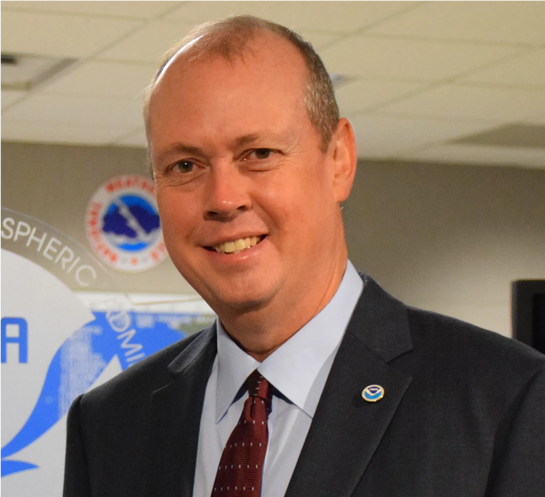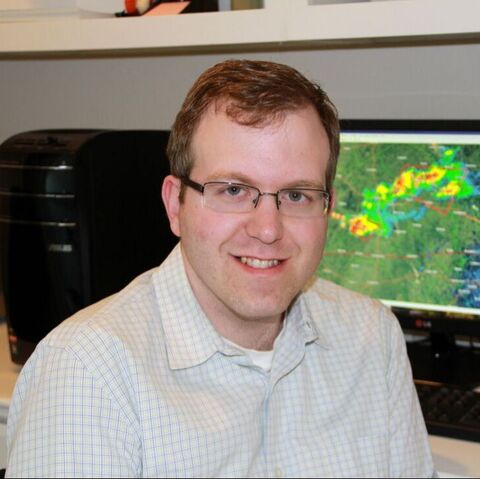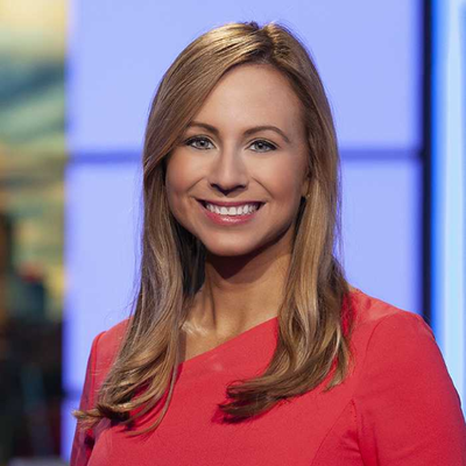Ken Graham
|
Ken Graham is the director of the National Hurricane Center and a Mississippi State University graduate. Prior to moving to Miami, Graham was the Meteorologist-in-Charge at the National Weather Service in New Orleans/Baton Rouge. He has also served at Systems Operations Chief at NWS Southern Region Headquarters and Chief of Meteorological Services at NWS Headquarters. Graham received a Bachelor of Atmospheric Science Degree at the University of Arizona and attended Mississippi State University where he earned a Master of Science Degree in Geosciences.
|
Matt Lanza
|
Matt Lanza is the lead meteorologist at Cheniere Energy, Inc. in Houston, TX, where he focuses on how weather impacts operations at Cheniere's liquefied natural gas export terminals on the Gulf Coast, as well as how weather impacts U.S. and global natural gas demand. Matt also does writing about weather on the side. He is managing editor of Space City Weather, a Houston-focused weather blog that is a vital information link for Houston-area residents. Between periodic flooding and storms like Hurricanes Harvey and Laura, Space City Weather has served several million visitors. His writing has also appeared at FiveThirtyEight. Matt has over 15 years of experience forecasting weather. Previously, Matt was a meteorologist for Deutsche Bank's energy trading group, as well as at Southern California Edison in Los Angeles. Matt began his career as a broadcast meteorologist, working in the Syracuse and Utica, NY television markets. He graduated from Rutgers University in 2004 with a Bachelor's of Science in Meteorology.
|
Eric Jeansonne
|
Eric Jeansonne is a meteorologist on the Mississippi Gulf Coast for the local ABC/CBS affiliate WLOX-TV. Eric knew he wanted to be a meteorologists as early as five-years-old when Hurricane Andrew tracked through his home state of Louisiana, His interest in weather brought him to the University of Oklahoma where he earned a Bachelor of Science degrees in Meteorology with a minor in Broadcast Journalism. Before arriving at WLOX, Eric worked at KFDX-TV in Wichita Falls, Texas for four years where he covered everything from tornado outbreaks to winter storms.
|
Danielle Breezy
|
Danielle Breezy joined News 2 as Chief Meteorologist in July 2016. Her passion for weather started when she was a child. She grew up outside of Philadelphia and saw everything from blizzards to ice storms to tornadoes. Then, in eighth grade, a local TV meteorologist visited her school to talk about the weather and from that day forward, she knew she too would be a meteorologist. She pursued her dream by studying atmospheric science at Cornell University. After that, it was stops in Salisbury, Oklahoma City, Dallas, and Boston before landing in Nashville. Danielle has the CBM (Certified Broadcast Meteorologist) Seal, which is the highest seal a meteorologist can have, and currently is on the American Meteorological Society Board of Broadcast. She was also named one of Nashville Business Journal’s 40 under 40 in 2020.
In her spare time, her number one priority is giving back. She is the spokesperson for the Nashville St. Jude Dream Home Campaign. She is also heavily involved with the American Lung Association, American Cancer Society, and the Nashville Humane Association. She loves visiting schools and inspiring kids to pursue math and science careers. |






